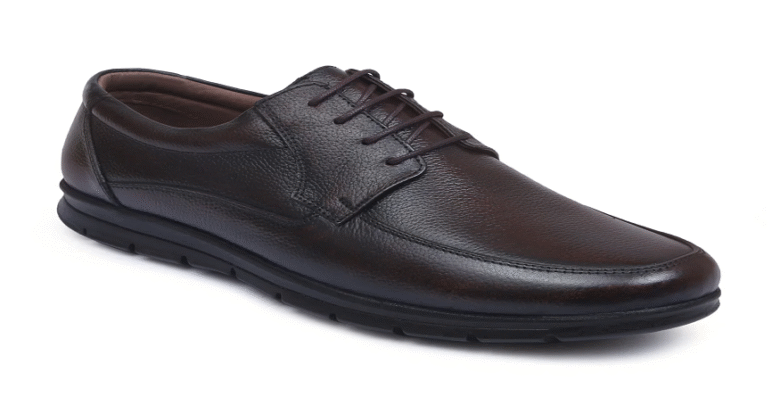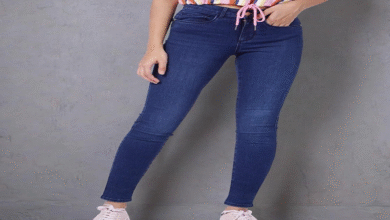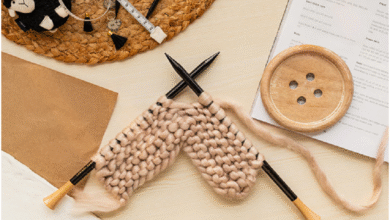How to Find the Perfect Shoe Fit: Essential Tips and Common Mistakes

Selecting the perfect pair of shoes involves more than just choosing a fashionable design or trendy shade. The key lies in ensuring the right balance of comfort, support, and fit—because great footwear should feel as good as it looks. Wearing the wrong size or poorly fitting shoes can cause blisters, discomfort, and even long-term foot issues. Whether you’re buying casual sneakers, elegant heels, or everyday footwear, understanding how to find the ideal size and fit makes all the difference. Here’s a comprehensive guide to help you choose shoes that not only complement your style but also provide lasting comfort.
1. Understanding the Importance of the Right Fit
Selecting the right pair of shoes is about more than aesthetics—it’s about maintaining foot health and posture. Poorly fitting footwear can cause pain in your heels, toes, or arches, and even contribute to issues like calluses and bunions over time. The correct fit ensures even weight distribution, supports your natural stride, and prevents unnecessary strain on your feet. Investing a little time to understand your foot shape and size is essential before making any purchase.
2. Measure Your Feet Properly
The first step in finding the perfect pair is to accurately measure your feet. Most people have one foot slightly larger than the other, so it’s important to measure both. The best time to measure is in the evening when your feet are at their largest due to natural swelling throughout the day. Stand while measuring, ensuring your heel is firmly placed against a wall and your weight evenly distributed. Always try on footwear that matches the measurement of your larger foot to guarantee a comfortable fit.
3. Try Before You Buy to Fit Shoes Correctly
When shopping in-store, it’s always wise to try before you buy. To fit shoes correctly, wear the type of socks or stockings you plan to use regularly with that pair. Walk around for a few minutes to assess how the shoes feel—there should be enough space for your toes to move freely, and the back should hold your heel comfortably without slipping. Remember, a snug fit is good, but tightness can lead to discomfort after prolonged wear.
4. Pay Attention to Width and Arch Support
Many people focus only on length when choosing footwear, forgetting that width is equally important. Shoes that are too narrow can squeeze your feet, while those too wide can cause sliding and friction. Look for styles available in multiple width options to find your ideal balance. Additionally, check the arch support. Proper arch support prevents overpronation and fatigue, especially if you spend long hours on your feet. This is particularly vital for athletic or work shoes designed for daily wear.
5. Consider Material and Flexibility
The material of your footwear greatly influences comfort and durability. Opt for breathable fabrics such as leather, mesh, or high-quality synthetics that allow air circulation. Good-quality materials also adapt better to the natural contours of your feet over time, improving comfort. Flexibility is another key factor—gently bend the sole to ensure it moves naturally with your foot rather than being overly rigid.
6. Common Mistakes to Avoid When Buying Shoes
One of the most common mistakes is assuming your size remains constant. Age, weight fluctuations, and lifestyle changes can all affect your foot size and shape. Avoid buying footwear that feels tight in the hope that it will “break in”—comfortable shoes should feel right from the start. Also, refrain from relying solely on brand sizing, as measurements can vary. Always refer to specific size charts and customer reviews when purchasing online.
7. The Right Shoe Care for Lasting Comfort
Once you’ve found the perfect pair, proper care is essential for maintaining their shape and longevity. Store your footwear in a cool, dry place and use shoe trees to retain structure. Regular cleaning and polishing not only preserve their appearance but also enhance comfort and durability.
Final Thoughts
Finding the perfect fit shoes requires patience and attention to detail, but the results are well worth the effort. By understanding your foot shape, prioritising comfort, and avoiding common mistakes, you can ensure your footwear enhances both your style and well-being. After all, well-fitted shoes are not just an accessory—they’re a foundation for everyday confidence and comfort.





